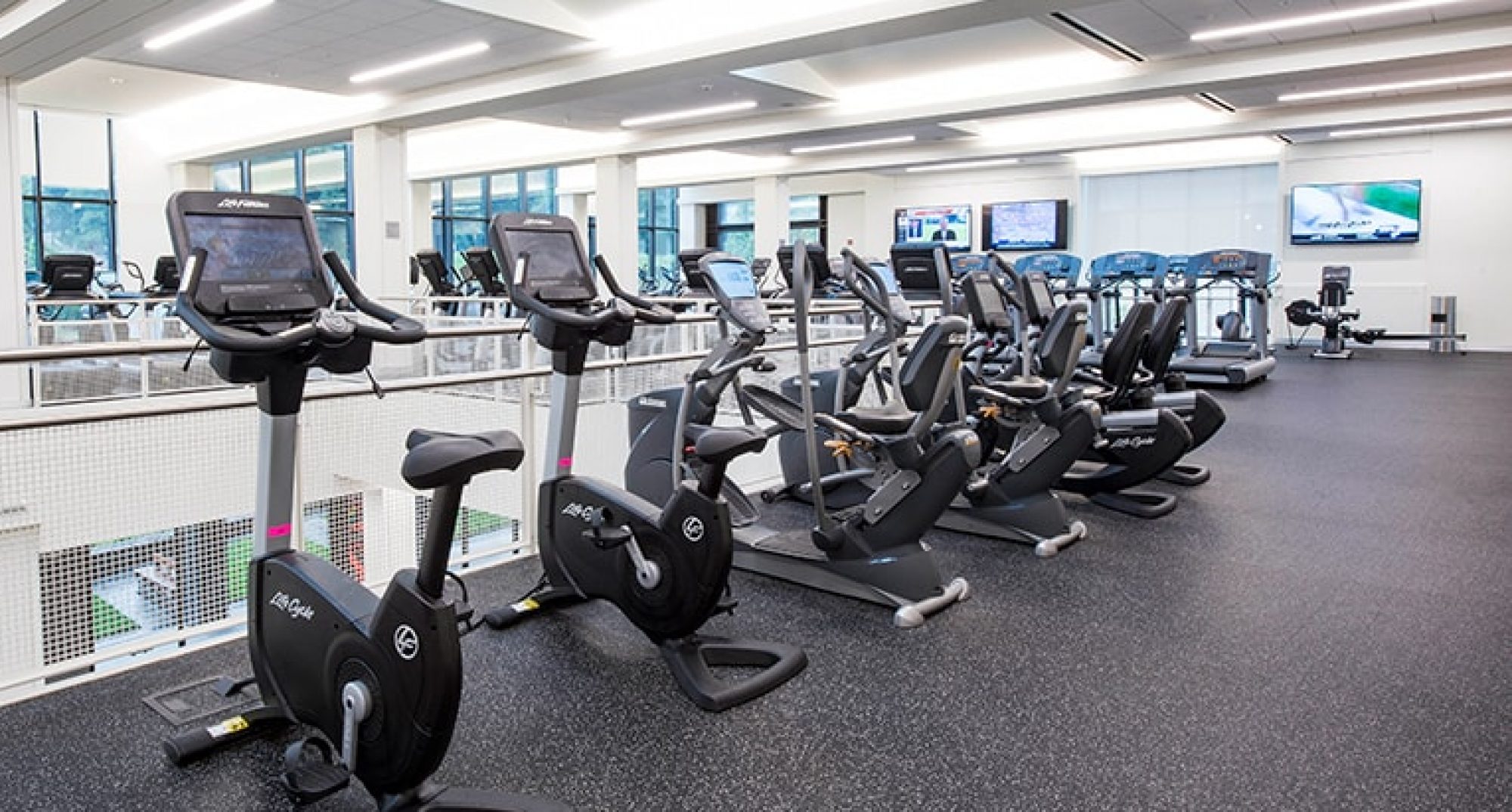This week started off with the interim demo on Monday. From there, I continued work on the front-end of the web application this week. While the visuals for the web application were fine for the demo, I believe there was room for improvement. Next, one piece of feedback/one question that I was given during the demo was “How does each machine know which id it is?” The process for the demo was to have the nodeMCU send a POST request with its id preconfigured — but for setting up a new nodeMCU, this was tedious. Instead, I worked on the backend for registering a new device/machine. The nodeMCU sends a POST request to the web app and receives back its unique ID, which the web app also stores in a model. Overall, I would definitely agree this is a much more streamlined solution for registering new devices.
This coming week, I plan on fixing any bugs with existing code, as well as implementing the final functional feature, which is the average time spent on the machine.
In terms of schedule, I would say I am on track with the schedule posted for the interim demo, except for sockets (which we mentioned in the demo that POST requests might just suffice).
The tests that I have run and am planning on running are:
– testing adding new machines with the register api
– updating busy and free status for existing machines
– testing reporting a machine as broken
In particular, the second test is the most important because in order to meet our requirement, we need to ensure that updating the machine is accurate and quick.
